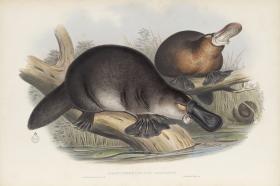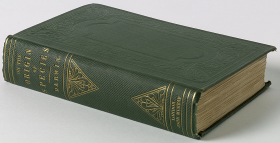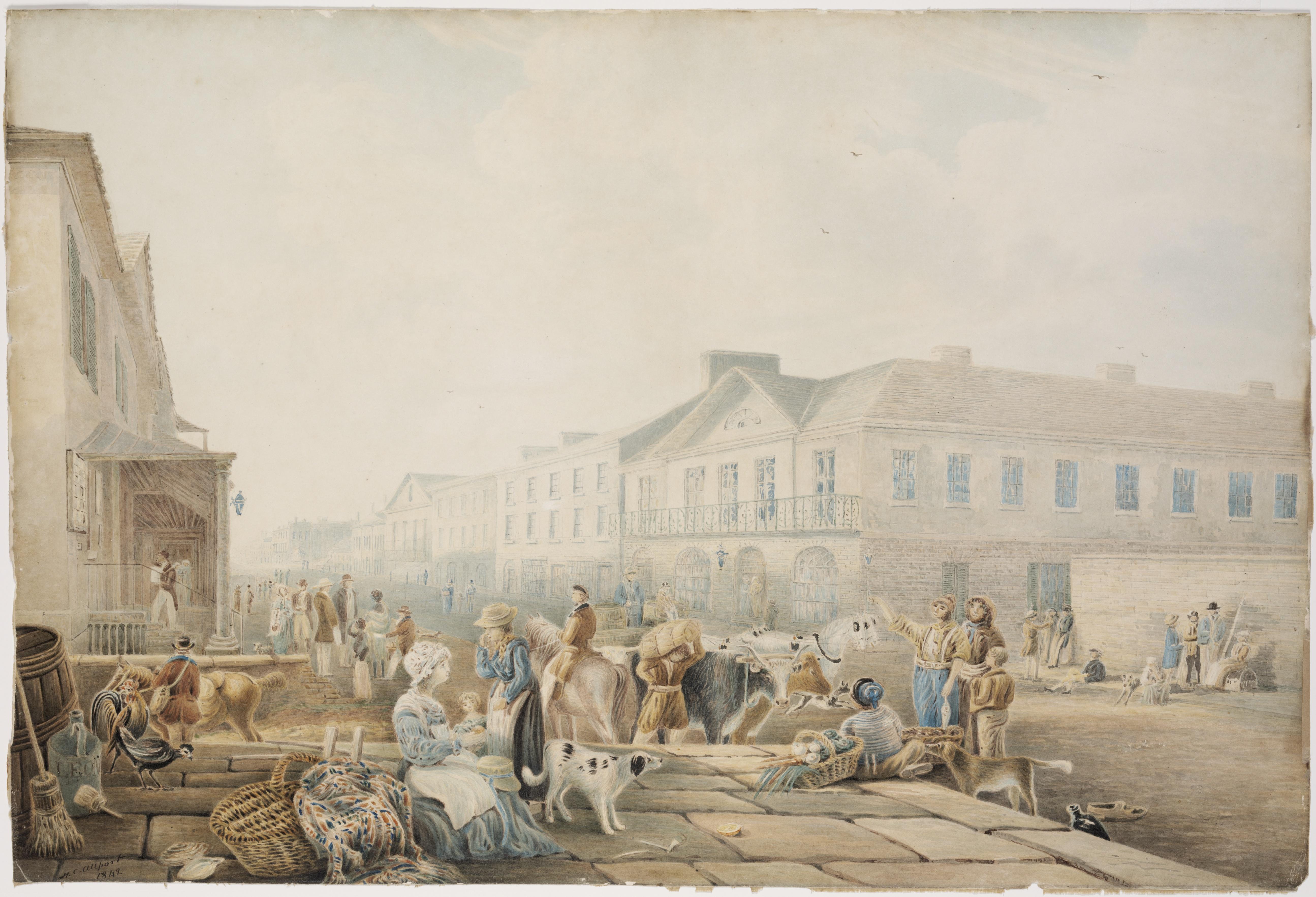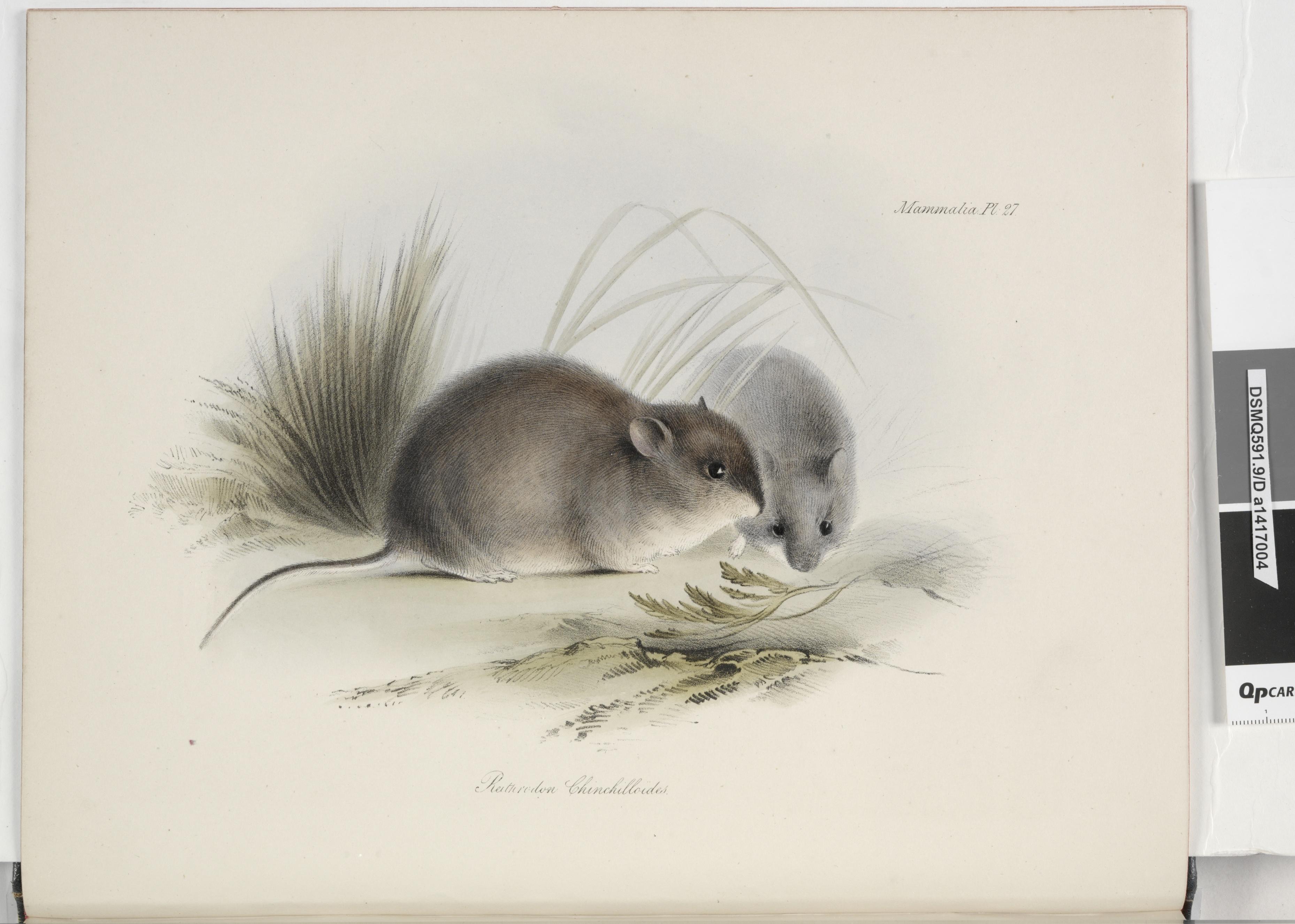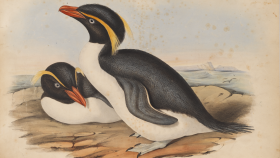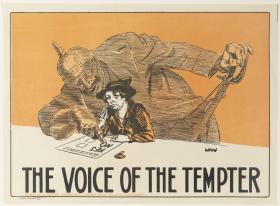The platypus did it. On the evening of a stifling January day in 1836, the 26-year-old Charles Darwin walked along Coxs River at Wallerawang on the western slopes of the Blue Mountains.
He saw a number of platypuses cavorting and his guide shot one. The platypus behaved much like a European water rat. It was adapted to its environment in similar ways — such as burrowing into the side of a bank in an upward direction on the approach of danger — but it was clearly a different species. Would the Creator, mused Darwin, create an entirely different species in the antipodes with similar adaptations? Why not simply place the water rat in Australia? Darwin had similar responses to other Australian animals, such as the potoroo, which acted very much like a rabbit.
Today, at Wallerawang, there is a striking monument to record Darwin’s thought or, perhaps more accurately, the adumbration of a thought, which would have seismic consequences: species are not created once and for all but adapt to their environments.
Darwin was in Australia on the homeward leg of the voyage of HMS Beagle. The Beagle had been charting parts of South America and recording meteorological observations at several places around the globe. The captain, Robert FitzRoy, had felt the need for ‘some well-educated and scientific person’ as a companion: someone with whom he could dine and someone who could keep his spirits up on such a long voyage. FitzRoy, grandson of both a duke and a marquis, could not just dine with anyone; the chosen young man would have to be a gentleman. He would have no duties onboard ship but would collect specimens and think. Darwin was not the first choice, or even the second, but he was, as no one could possibly foresee, an inspired one.
Darwin had just come down from Cambridge, enthused by natural history and contemplating life in a country vicarage: a little sermonising and a whole lot of examining bugs and beetles. His father, Robert Darwin, was rich. Charles did not need paid work and, in fact, never would. The voyage was a godsend. After some persuading, his father, who would be paying the bills, allowed him to go.
‘The voyage of the Beagle has been by far the most important event in my life, and has determined my whole career,’ Charles would write in 1876. Others, including Darwin’s grandfather, Erasmus Darwin, had espoused the concept of evolution. However, no one had discovered the underlying mechanism.
The Beagle voyage, together with further investigations back in England, provided the evidence for that mechanism. A farmer undertakes ‘artificial selection’ to improve his livestock. Darwin termed nature’s mechanism for improvement ‘natural selection’. In November 1859, Darwin published On the Origin of Species by Means of Natural Selection — and nothing was quite the same again.
Darwin spent from 12 January to 14 March 1836 in Australia and Australian waters. He visited Sydney, travelled over the Blue Mountains to Bathurst, explored Hobart and its environs as far as New Norfolk, and spent a week at King George Sound in Western Australia. All the time he was collecting rocks, insects, plants and animals, and observing the inhabitants — thinking over what he found and relating it to what he had seen earlier on the voyage.
He arrived in Sydney in the middle of a boom. There was extensive property speculation — ‘the number of large houses just finished & others building is truly surprising: & with this, every one complains of the high rents & difficulty in procuring a house’. Interest rates were high, people were making vast fortunes and there was Sydney’s usual conspicuous consumption: ‘In the streets Gigs, Phaetons & Carriages with livery Servants are driving about …’ Darwin wrote in his diary, ‘There is much jealousy between the rich emancipists & their children, & the free settlers. The whole population poor & rich are bent on acquiring wealth.’ It would end in tears, as it always does, in the depression of the 1840s with bank crashes, the slump in wool prices and high unemployment.
The Beagle’s artist, Conrad Martens, had left the voyage in South America. He arrived in Sydney seven months before Darwin and stayed for life. Martens’ watercolours and sketches now enable us to trace Darwin’s peregrinations in Sydney and the Blue Mountains as if he had brought a camera with him. After the publication of On the Origin of Species, Martens wrote a charming letter to Darwin:
I am afraid of your eloquence, and I don’t want to think I have an origin in common with toads and tadpoles, for if there is anything in human nature that I hate it is a toady … But I must apologise, for I suppose you don’t laugh at nonsense now as you used to do in ‘Beagle’ … Well that was a jolly cruize.
Syms Covington, Darwin’s servant and scientific assistant, kept a journal of the voyage and also sketched. His naive painting of Albany perfectly complements Darwin’s description:
The settlement consists [of] from 30– 40 small white washed cottages, which are scattered on the side of a bank & along a white sea beach. There are a very few small gardens; with these exceptions, all the land remains in the state of nature & hence the town has an uncomfortable appearance.
Covington later migrated to Australia and became the postmaster at Pambula on the NSW south coast. He and Darwin wrote once a year. It was in Albany that Darwin was entranced by a corroboree and there that he captured the Australian bush rat, which had not previously been seen or described.
Darwin shared a working space onboard ship with the Australian Philip Gidley King Jr, who kept his own journal of the voyage. Darwin would write to him in 1854:
in my walks [i] very often think over old days in the Beagle, & no days rise pleasanter before me, than sitting with you on the booms, running before the trade wind across the Atlantic.
Darwin visited King’s family home, ‘Dunheved’, near Penrith, and discussed natural history with his father, Phillip Parker King.
Australia provided some important insights for Darwin in the development of his theory of natural selection and would continue to do so as he corresponded with a number of scientists and collectors in the colony. ‘I feel a great interest about Australia, and read every book I can get hold of,’ he wrote to Covington in 1853.
Paul Brunton OAM is Emeritus Curator, Mitchell Library.

